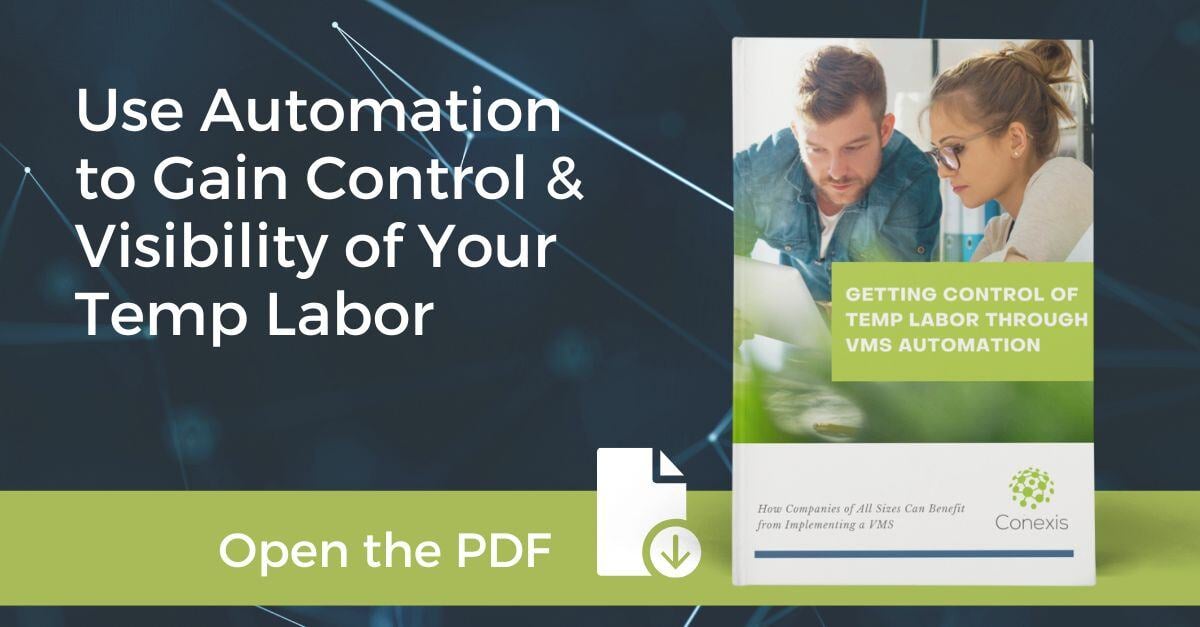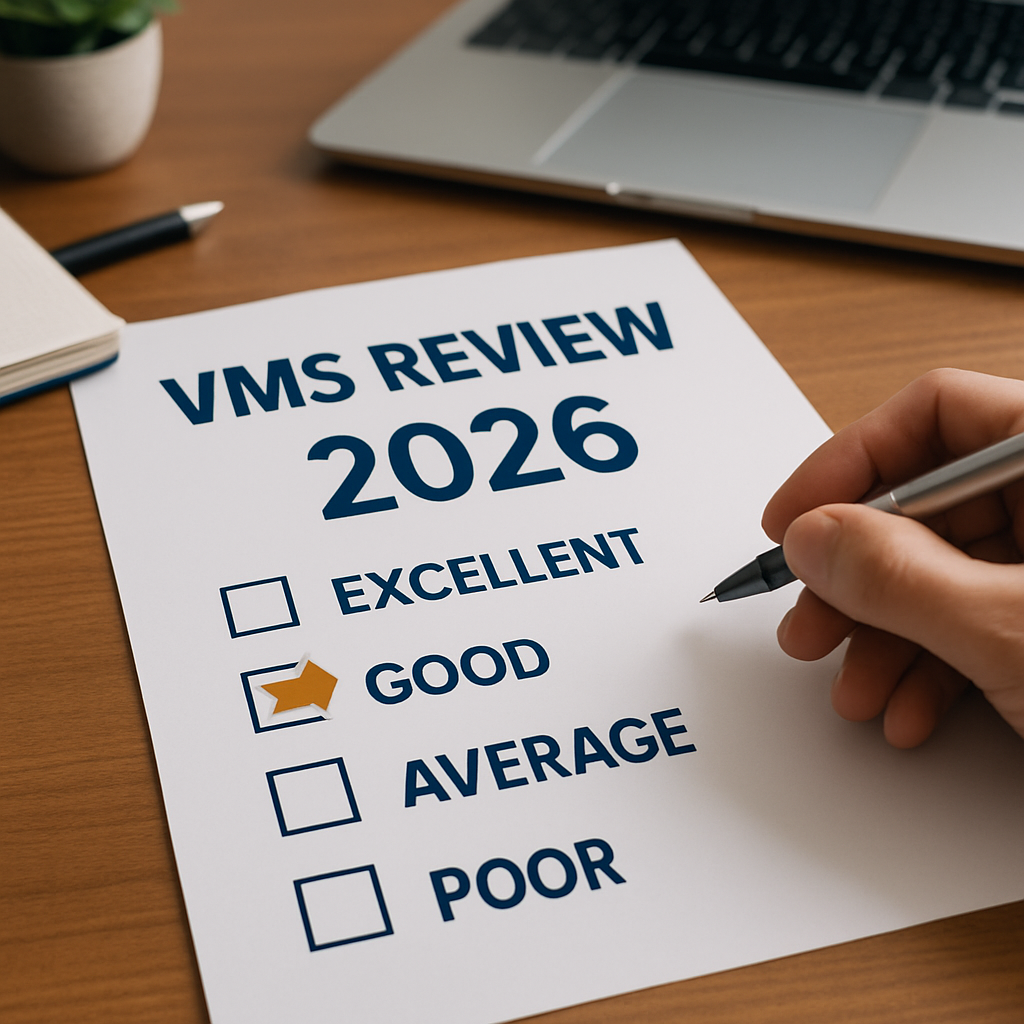Does your business manage workers within your organization who do not work for the company on a permanent basis? Are you engaging staffing agencies to place temporary workers and independent contractors into your workforce?
If you answered yes to either of these questions, then contingent workforce management is a critical skill to learn for your hiring managers.
But what actually is contingent workforce management, what are the key challenges involved and what solutions can be used to effectively manage your non-employee workforce? Conexis VMS answers all of your contingent workforce management questions in this blog.
Let’s start by looking at what contingent workforce management actually is.
What is contingent workforce management?
Contingent workforce management is the management of your non-employee workforce.
That means it is responsible for any workers that fall under the non-permanent category, including independent contractors, contract workers, freelancers, gig workers, consultants, temps, 1099 contractors and any other worker that isn’t defined as an “employee” of your business.
In the United States alone, more than 40 percent of workers are now employed in these “alternative work arrangements.” A number that is steadily rising, and has increased by 36 percent in the past five years.
It is of course not just the workers that need to be managed in this arrangement either. Your organization is likely engaging a staffing agency to place temps and independent contractors into your organization. It’s crucial that you are able to manage vendors effectively, ensuring they are helping your company meet business objectives.
While this may sound simple, contingent workforce management is complex. It requires hiring managers to design, plan and implement a management program that aligns your entire contingent workforce strategy with your overall workforce strategy, helping you to achieve overall business goals.
With those complexities in mind, let’s take a look at some of the key challenges when it comes to managing a contingent workforce.
What are the key challenges of managing your contingent workforce?
The most common contingent workforce challenge - particularly for businesses with smaller non-employee budgets - is the use of manual spreadsheets to manage and organize their entire program.
With the use of so many staffing vendors and non-employee workers across your organization, manual and time-consuming spreadsheets only lead to challenges such as a lack of centralization of your program across the business, wasted time, rogue spend, fragmented processes, human error within your data and no visibility into your contingent workforce or how staffing agencies are performing.
This leads to two main problems. Lower workforce quality that doesn’t help you achieve business objectives, and overspending that eats into your company’s bottom line.
What are the options for effective contingent workforce management?
Effective contingent workforce management programs no longer use these time-consuming and manual spreadsheets to manage non-employee workers and staffing agencies. In fact, according to Ardent Partners, best-in-class contingent workforce management programs are using solutions such as vendor management systems (VMS) or outsourced managed services providers (MSPs).
With that in mind, let’s take a look at some of the solutions your organization can consider to significantly improve how you manage your non-employee workers and the staffing vendors you use to engage them.
Vendor management system: A VMS is a web or cloud-based software program that facilitates contingent workforce management. It allows you to automate, and centralize, the entire vendor process with functionalities that make procurement, measuring vendor performance, onboarding workers, and payment tracking a seamless process.
Managed services provider: With an MSP you will be outsourcing the entire responsibility of your organization’s contingent workforce management program to a third party. This third party will set up the program, interact with vendors on your company’s behalf, hire contingent workers, as well as all other steps in managing the lifecycle of both non-employee workers and staffing agencies.
To learn more about the differences between a VMS and MSP, and which is the right solution for your organization, please read our blog ‘External Workforce Management: What’s the Difference Between MSP and VMS’.
Want to learn what the best option for your organization is, and how it can help you realize benefits such as improved workforce quality, smarter vendor decisions, greater workforce visibility, reduced costs and efficiency gains? Contact Conexis VMS today.
We have developed the very first vendor management system with no minimum spend requirements, the perfect solution for organizations with smaller contingent workforce program spend.


